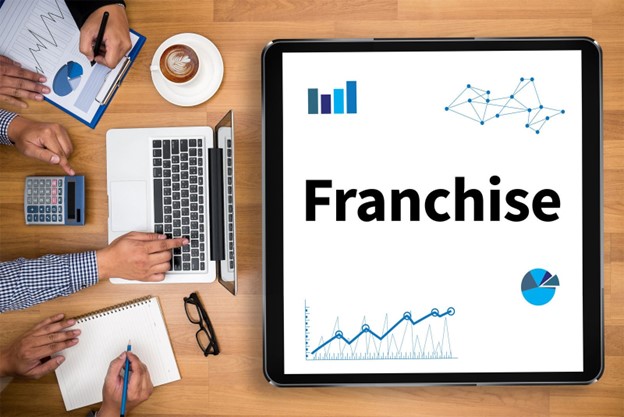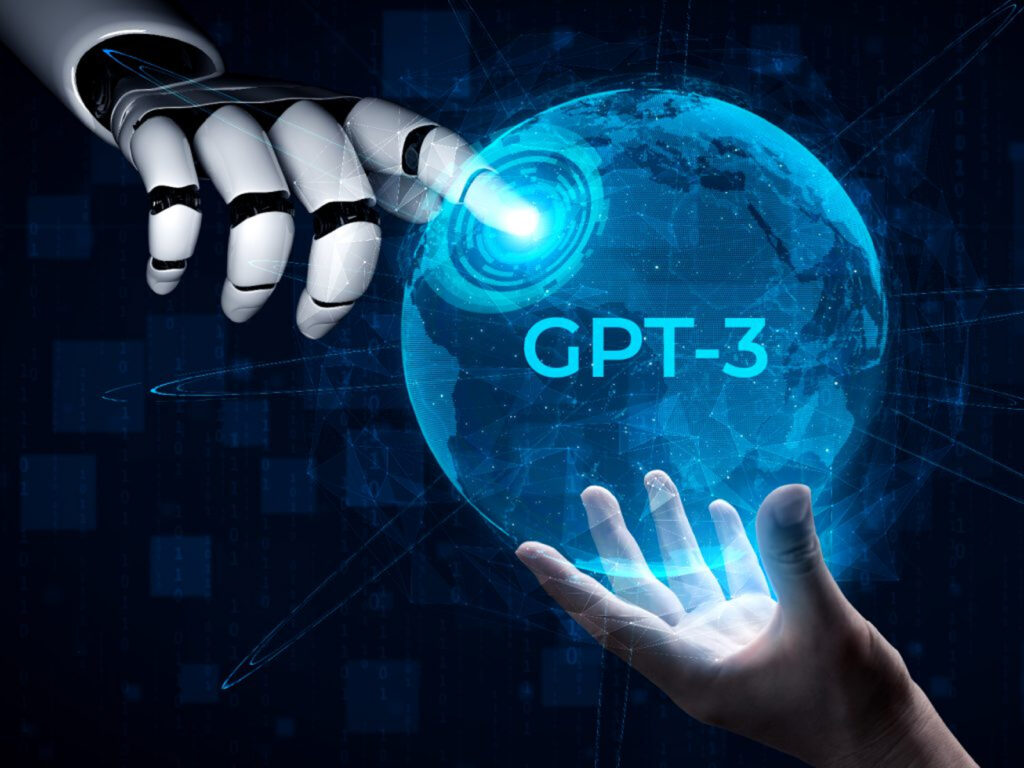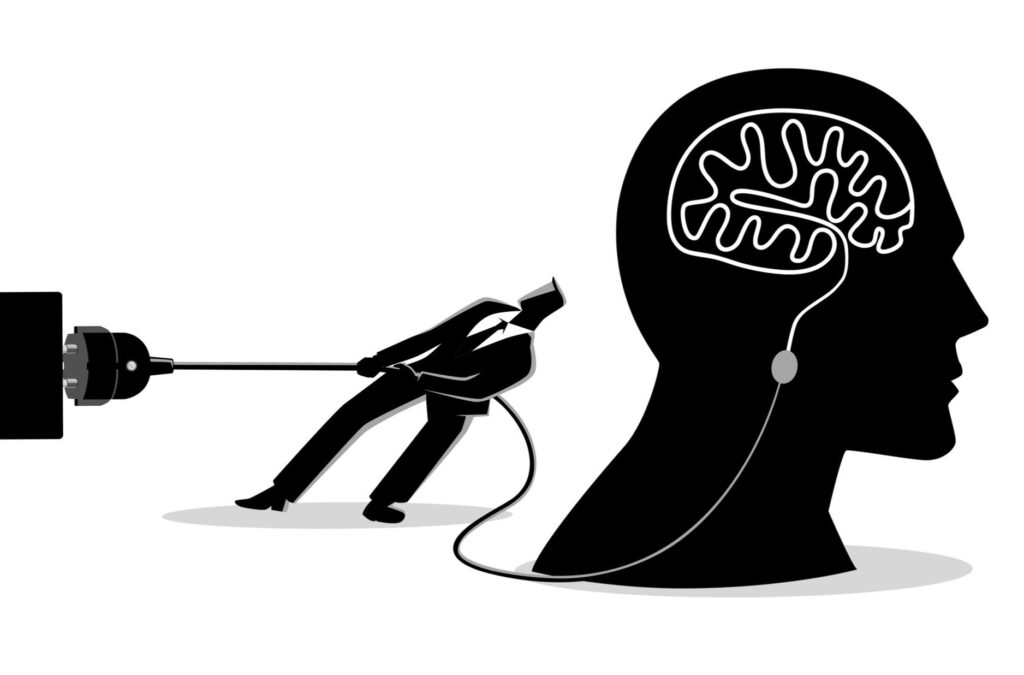
While many while away the hours squabbling about which BOND (007) has the strongest character, EagleONE contends that there is no stronger bond than the one between your customers and your brand. So, when things go wrong, you should take a powerful interest in setting things right, instead of just getting the mess cleaned up fast and getting back to business as usual. This will build customer loyalty and valuable goodwill. When things go wrong, customers become more discerning, and if things are handled well, they will return to the brand and recommend it to their friends.
Use these seven simple steps to gain customer loyalty by "Bouncing Back" with S-E-R-V-I-C-E recovery. Respond to the Customer Take the time to empathize, be a listening ear, keep personal contact, and thank them personally. Give more than what customers expect. Refunds, discounts, special assistance, extra services - whatever it takes - do it fast. Make it easy for your customers to complain! Set up a telephone hotline, give counter staff the power to take prompt and significant actions for your customers, conduct focus groups, and run surveys to keep track of your customers' changing expectations. Service recovery costs money, but it's a proven strategy.

We've all felt totally irritated while at work. When we get upset, our mind goes into fight-or-flight mode, and we make poor judgements and say things we may regret later. It's perfectly natural to experience a wide range of emotions in the workplace, including anger. Learning to productively communicate your emotions is key to boosting your emotional intelligence. When work is making you angry, learn to manage your anger in a constructive, professional way. When you feel yourself getting angry, acknowledge that it's normal and part of your evolutionary code. Instead of fighting your reaction, find a way to release it in a healthy, self-respecting way and disrupt the automatic thought pattern that's been triggered.
Understanding your triggers will help you avoid a full-blown freak out. Build in breaks during times when you know you'll have to work together to avoid triggering situations. When confronting a situation that's making you angry, spend some time identifying and articulating your feelings. Use the right vocabulary to express what you're feeling in the most appropriate way possible. Focus on the Solution, Not the Problem - Instead of dwelling on what's making you angry, focus on what lessons you can learn from the situation so that you can move on in a productive way. Anger is an emotion you'll confront throughout your career. Learn how to manage it effectively.

A franchise is a business that sells the rights to its existing business model and products to another businessperson or company. It offers a unique mix of low risk and high reward, but you must be aware of the regulations and factors that make a franchise successful. It comes with a proven business model and a repeatable marketing strategy. The costs of buying a franchise can range from $62,500 to $71,000, depending on the type of business you're considering. Federal regulations protect both the franchisee and the franchiser. They include laws covering the franchise disclosure document, registration, and relationship laws, and notice and cure periods, grounds for non-renewal, and equal treatment. Franchising provides many benefits to aspiring entrepreneurs, but also comes with significant startup costs. There will be an initial franchising to pay fee before you can begin setting up your business.
Franchising offers established name and branding but may limit your business autonomy. Think carefully before investing. A franchisee should understand the parent company's current state, including its business valuation, before investing time and money to open a franchise. Consider how competitive the franchise's market is. A lot of competition means you'll have to work harder to stand out. When considering a franchise, pay attention to the company culture and the level of support provided by the management. If you don't like the management, look for a different franchise opportunity. Consider your level of personal interest in the business model and the product line before you invest your time and energy into the business. Franchising takes the guesswork out of starting a business, as the franchise system gives new franchisees a massive head start over competitors.

Deep learning-based applications allow businesses to automate and personalize different workflows in their customer service and take advantage of their data and understanding of good customer service to push their customer service forward. Deep learning chatbots can be used for customer support, interactive quizzes, and to guide potential customers through the shopping experience. They use natural language processing models such as GPT-3 to understand a wide variety of user input questions and text. Product matching helps shoppers reach their goal product as quickly as possible and helps businesses avoid losing customers due to store searches not leading to the exact product. Product matching uses deep learning models to match products to a user's search query or to other products. Amazon uses this to recommend products to a user based on previous purchases.
Natural language processing models can be used to match products to users' searches. Social media monitoring technology allows companies to recognize customer issues as they arise, and to respond to customers quickly. This helps companies retain customers and increases revenue. Using natural language processing models and deep learning neural networks, incoming call classification allows you to instantly route calls to the correct agent group based on what the problem is. Automated email verification tools allow you to quickly verify an email address and the domain behind the email address to make sure you don't lose contact with someone. Deep learning is already a huge part of customer service, and with the ease of using open-source models, it's time for you to start moving your customer service workflows to deep learning.

Technology is ubiquitous, and we carry our world of information in our pockets or purses in the form of a smartphone. Unplugging is a trend that many are trying, but it can be difficult to unplug in today's highly connected world. The internet has removed the stigma around discussing mental health issues, but it can also trigger those very same issues. Studies have found a correlation between anxiety and stress and greater usage of devices. If you're using the internet or your phone to unwind, try unplugging occasionally to find some extra time to do chores around the house, pick up a new hobby or spend time with family. According to Harvard Health Publishing, screens emit blue light, which upsets our circadian rhythms and prevents us from falling or staying asleep, as well as removing any chance at having restorative sleep.
We can mitigate some of these problems by turning on a blue light filter or putting our phone on Do Not Disturb mode. Disconnecting from technology can help your non-digital life become richer and fuller because you're more focused on the real one because you're less focused on the one emitting from your phone. If you don't really need to use your computer for anything else, but you want to use less tech, find the tech and internet venues that make you happiest and cut the rest out of your life. You can also set certain hours of the day where you allow yourself to use technology and others where you don't. This can help you prioritize how you use the tech.
The final method is to physically limit your availability of technology, for example, by making your bedroom an unplugged zone or by making the living room or dining room a no-screen zone. Technology is everywhere these days, but we can control how much access we give to the digital world. By unplugging on occasion, we can access the benefits that can improve our health and well-being and as result offer a more meaningful existence in the real world.

Investment in CX technology is growing, and 2022 will see a continued focus on CX to build deeper, more meaningful connections with customers, creating positive sentiment and loyalty. Businesses will continue to mature along the listen-learn-act archetype, accelerating the need for feedback consolidation. They will consolidate CX data across the organization into one repository and will combine traditional CX data with more modern listening posts like social media. Businesses will marry CX insights with business outcomes through analysis of metrics, which requires that CX data be in one, central archive. Customer search experience will be made the Number one priority, as Google Business Profile pages will become the primary entry point into a brand's experience.

Customer journey maps are made to visualize the customer's path from initial thought all the way to action. They can be made more understandable by using visual materials, colors, and even emojis. According to Shiftelearning.com, 90 % of information is better absorbed when presented visually. So, how can one make a CJM research colorful, clear, and convincing? Paint the picture Instead of writing dozens of words to describe a customer journey stage, add a picture to the block of text. Think of it this way: a picture of a guy in a hammock holding a fruity drink is more engaging than a scrupulous description of a guy asking for a drink at a bar. Emojis are a powerful way to show emotion, which is why we use them so often in customer journey maps.
Picture your persona's channels and processes. Show the type of the process to shine out the customer's path through separate interactions. Simple lines and circles can represent the most complex ideas, so why not add some basic geometry to your CJM? The absolute best way to create an engaging map is to make it as realistic as possible. This means adding interactions of your persona with others and presenting this variable. The human brain understands sizes, shapes, and colors, and can instantly translate complex numbers into plain and logical packages. The shapes are followed by the colors: green light - red light. Color-coding your CJM emphasizes the good, the bad, the dangerous, and the rewarding. To make your CJM informative and catchy, use all the means of expression mentioned and create a crucial piece of business analytics.

The North Star metric must do three things: lead to revenue, reflect customer value, and measure progress. The North Star metric is the only metric for your company that produces. It will differ for every company based on the type of product you sell and the audience you sell to. When tracking revenue, you're measuring how much money you get at the end of a month, quarter, or year, but not how much your customers are spending. In the software as a service industry, the customer lifetime value and customer churn rate are great metrics to track success, but they are not exactly North Star metrics.
Choose something your entire company can focus on. The North Star metric should be something everyone in your company can use to improve your product or service. Choose time-bound metrics and take small steps to improve them. If your North Star metric, is increasing over time but your revenue isn't, you may have chosen something that is not relevant to your actual growth. The North Star metric can be incredibly valuable to any company, but it requires a profound knowledge of your target market and product.

The current labor market is challenging for employers, with 83 unemployed workers for every 100 job openings and millions of Americans quitting their jobs each month. Here's what employers are seeing and how they hope to attract and retain talent in these unprecedented times. Although 26% of employers dismiss the Great Resignation as hype, the remaining 74% say it is a real and present issue for most employers. Many employers are concerned about the impact of the Great Resignation on their industries. Nearly all employers believe the Great Resignation is being driven by changing attitudes toward work, and for most, this goes back to the far-reaching impact of COVID-19. Workers' top five priorities are higher pay, schedule flexibility, better work-life balance, remote work options, and the ability to focus on personal and family responsibilities.
Employers are taking action to keep employees from leaving, including offering full- or part-time remote options, flexible schedules, and bonuses. Tech companies are more likely to provide flexible or remote work options than other perks, while hospitality and tourism employers are more likely to offer raises and bonuses. Employers are offering flexible schedules, hiring bonuses, and increased bonuses for employee referrals to attract new talent. The pandemic has upended many facets of life, including the job market. While employers are surprised by the tight labor market and corresponding advantages for job seekers, the majority agree that employers should be more concerned about resignations now than in the past. Employers are feeling the crunch with both hiring and retaining workers and can take steps to remain competitive by providing enhanced safety and promoting these measures internally and to prospective candidates. When it comes to replacing employees, employers may consider using hiring incentives.

Much like the epic adventure and map that guided the “Goonies” to one-eyed Willies’ treasure, a customer journey map is a visual story demonstrating the road the customer will travel down when engaging with your brand. It can be used to create seamless customer service for consumers. To start mapping out your customer journey, bring your team together. Include the heads of departments in sales, marketing, customer service, and web design. Create a customer persona to gain a better understanding of your consumers and how they're likely to approach your brand or service. Create a persona for each stage of their purchasing journey.
Segment customer personas into touchpoints to understand how your operations influence customers into buying. These touchpoints can include advertising, content, researching, browsing your websites, contacting customer support, purchasing, and feedback. Compile your existing data into the above touchpoints and assess each department's current performance and customer perception. This will help you to improve your customer journey map and lead to higher conversions. After completing the above steps, you can start drawing up a more detailed journey map for your customers. Be cognizant that your map needs to be amendable for changes you may want to implement later.